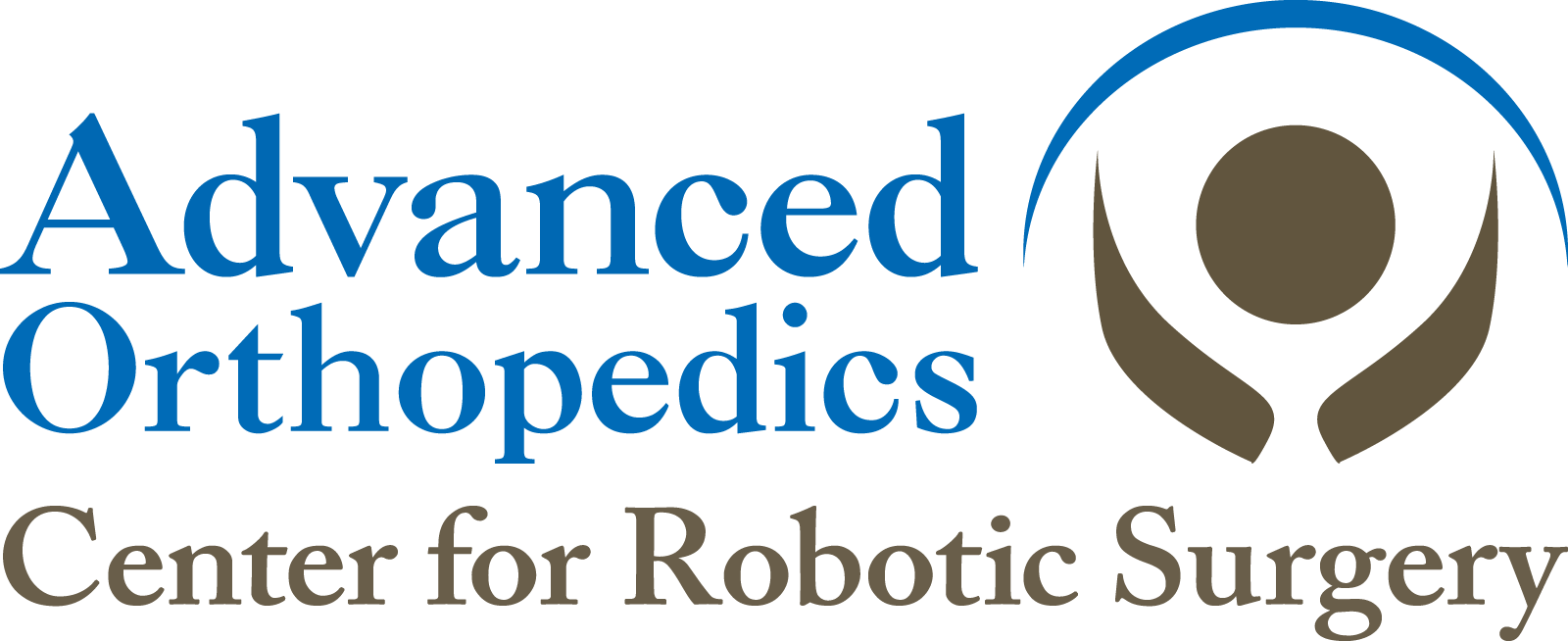Dislocations and Hyperextensions

Advanced Orthopedics – Leland
509 Olde Waterford Way, Ste. 102
Leland, NC 28451
910-641-8670

Advanced Orthopedics – Whiteville
701 Jefferson Street
Whiteville, NC 28472
910-641-6683
Conditions
Treatments
Joint injuries, such as dislocations and hyperextensions, can cause significant pain and limit your ability to move freely. At Advanced Orthopedics, we specialize in diagnosing and treating dislocations and hyperextensions, offering comprehensive care to help you recover quickly, restore mobility, and prevent further injury.
What is a Dislocation?
A dislocation occurs when the bones in a joint are forced out of their normal position, often due to trauma or excessive force. This injury is most common in the shoulder, knee, elbow, fingers, and hip, and can cause intense pain, swelling, and difficulty moving the affected joint. Dislocations can range from partial dislocations (subluxations) to complete dislocations, where the bones are completely out of alignment.
Causes of Dislocations
✅ Sports Injuries – High-impact activities such as football, basketball, or gymnastics can lead to joint dislocations.
✅ Trauma or Falls – A sudden impact or fall can cause a joint to become dislocated.
✅ Motor Vehicle Accidents – The force of a car crash can cause significant joint injuries, including dislocations.
✅ Congenital Conditions – Some individuals are born with joint hypermobility, making them more prone to dislocations.
What is Hyperextension?
Hyperextension occurs when a joint is forced to move beyond its normal range of motion, typically due to a sudden injury, overexertion, or a direct impact. The most commonly affected joints are the knee, elbow, and fingers, but hyperextensions can occur in any joint. When a joint hyperextends, it can result in ligament sprains, muscle strains, and joint instability.
Causes of Hyperextensions
✅ Sports Activities – Sudden movements in sports like running, basketball, or wrestling can cause hyperextension injuries.
✅ Falls or Accidents – Slipping or landing incorrectly can cause a joint to hyperextend.
✅ Improper Technique – Poor form during exercise or sports can put unnecessary stress on joints.
Symptoms of Dislocations & Hyperextensions
Both dislocations and hyperextensions can cause severe pain and a range of symptoms:
Dislocation Symptoms:
✔ Intense pain around the affected joint
✔ Visible deformity in the joint or surrounding area
✔ Swelling and bruising
✔ Inability to move the joint
✔ Numbness or tingling in the affected limb (if nerves are compressed)
Hyperextension Symptoms:
✔ Pain or tenderness in the affected joint
✔ Swelling or inflammation around the joint
✔ Bruising or discoloration
✔ Limited range of motion
✔ Muscle weakness or difficulty using the joint
Treatment for Dislocations & Hyperextensions
At Advanced Orthopedics, we offer a comprehensive range of treatments for dislocations and hyperextensions, focused on reducing pain, restoring joint stability, and preventing future injuries. Our goal is to help you regain full function and return to your daily activities safely.
Non-Surgical Treatments
For most dislocations and hyperextensions, non-surgical treatment is sufficient. Our expert orthopedic team may recommend the following:
🔹 Reduction (Realignment) – If a dislocation has occurred, the bones need to be manually realigned into their proper position. This procedure is done under local anesthesia or sedation to ensure your comfort.
🔹 Immobilization – A brace, splint, or cast may be used to keep the joint stable during healing.
🔹 Rest & Ice – Applying ice and resting the affected area can help reduce swelling and manage pain.
🔹 Pain Management – Over-the-counter pain relievers or prescription medications can be used to manage discomfort.
🔹 Physical Therapy – Once the joint has healed, rehabilitation exercises are essential to restore strength, flexibility, and stability.
Surgical Treatment
In cases of severe dislocations or hyperextensions that cause damage to the ligaments, tendons, or bones, surgery may be necessary. Surgical options may include:
🔹 Ligament Repair – If the ligaments have been torn or stretched beyond repair, surgery may be required to restore joint stability.
🔹 Arthroscopy – A minimally invasive procedure to repair damaged tissues or assess the joint’s condition.
🔹 Joint Reconstruction – For severe cases, especially in the shoulder or hip, joint reconstruction surgery may be performed to restore proper function.
Rehabilitation and Recovery
Recovery from dislocations and hyperextensions depends on the severity of the injury.
🔹 Rest – Following the injury, it’s crucial to give your joint time to heal and avoid putting stress on it.
🔹 Physical Therapy – Once the joint has healed sufficiently, rehabilitation exercises are necessary to rebuild strength, restore range of motion, and prevent future injuries.
🔹 Gradual Return to Activity – Your doctor will guide you on when it’s safe to return to normal activities, sports, or exercise, depending on your healing progress.
Preventing Dislocations & Hyperextensions
While not all injuries can be prevented, you can reduce your risk of dislocations and hyperextensions by following these tips:
✔ Warm up properly before physical activity to prepare your joints and muscles.
✔ Use proper technique during exercise or sports to avoid undue stress on your joints.
✔ Strengthen muscles around your joints to provide extra support and stability.
✔ Wear protective gear (such as braces or pads) during high-risk activities or sports.
Get Back to an Active Life
At Advanced Orthopedics, we are committed to providing advanced care for dislocations and hyperextensions to help you recover quickly and safely. Our team of orthopedic specialists will work with you to create a personalized treatment plan based on your injury and lifestyle, helping you get back to doing the things you love.
📞 Call us today to schedule an appointment and take the first step toward healing!
